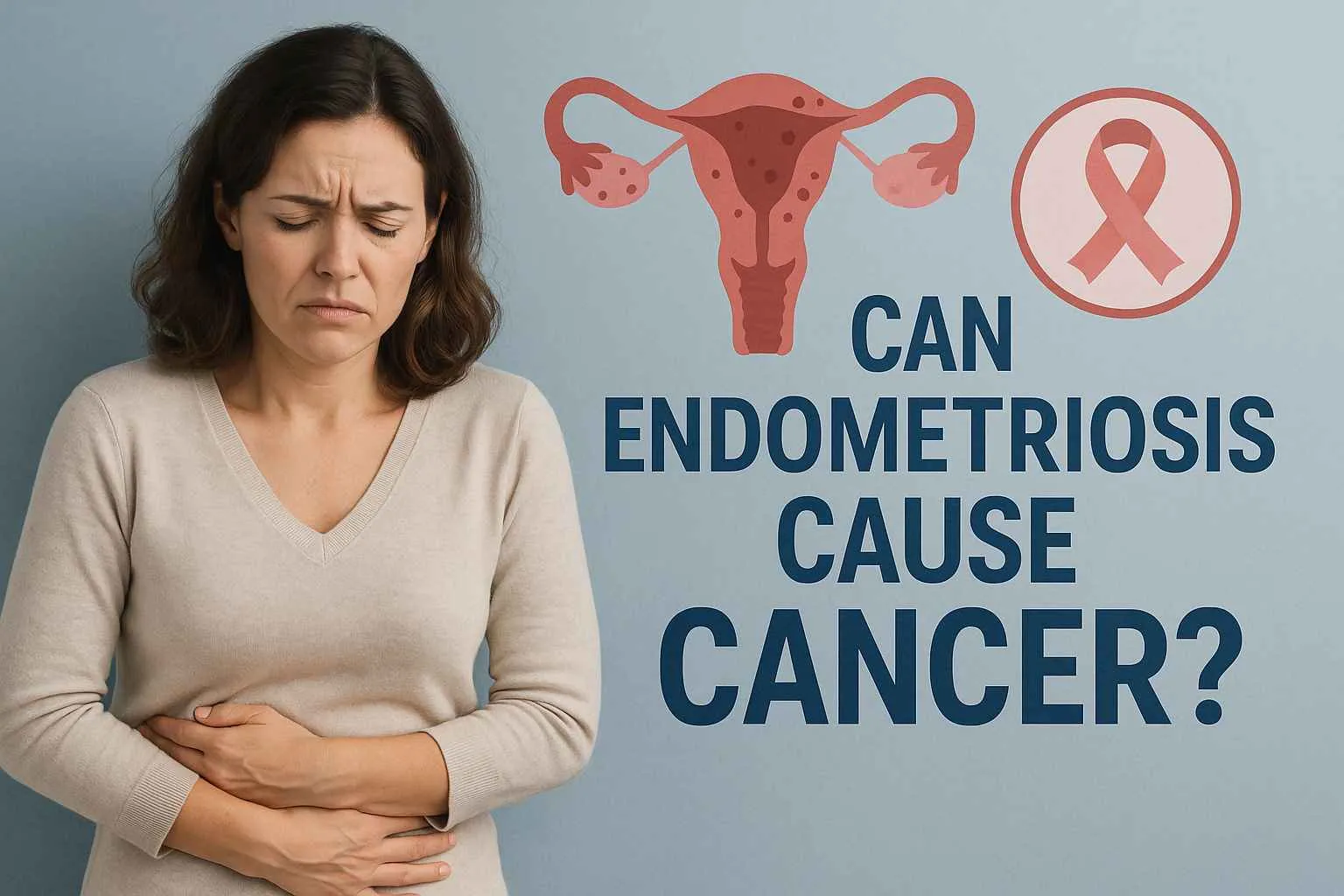Prostate is the male sex gland located just below the bladder and in front of the rectum, and is responsible for the production of an alkaline secretion. Prostate cancer is among the most treatable malignancies if detected in the early stages. Routine screening and innovative technology has improved the diagnostic abilities and minimized the side effects related to prostate cancer treatment. Treatment begins with a detailed analysis of the results of prostate examination, biopsy, and scans to determine the stage of your prostate cancer. This information will be used by your healthcare professional to finalize the treatment plan. Immediate treatment may not be necessary in the early stages when the cancer has not spread to other parts of the body. In such low risk cases, active surveillance with regular check-ups with your doctor can be the sole action needed. Active surveillance could also be a choice for older men with other serious health issues, or in their terminal stages. In this blog we will discuss therapy for prostate cancer.
Prostate Cancer Therapies
1 Radiation therapy for Prostate Cancer
Radiation therapy uses high-energy particles or rays to kill prostate cancer cells in one of the following ways:
- External beam radiation therapy (EBRT): Radiation beams are focused on the prostate gland from a machine outside the body. Doctors calculate the exact dose of radiation needed and aim as accurately as possible to target only the affected tissue. You will receive treatment five days a week for several weeks in an outpatient centre.
- Internal radiation therapy (Brachy therapy prostate cancer): Rice-sized radioactive seeds containing strontium-89 are directly implanted in the prostate using needles that are inserted through the skin between rectum and scrotum. Imaging techniques like ultrasound, CT scan or MRI to guide the placement of the seeds, which may be left inside as their radioactivity decreases over time.
Possible side effects of radiation therapy for prostate cancer could be irritation of the large intestine, rectum and bladder, and frequent and painful urination. Erectile dysfunction may occur post immediate treatment.
2 Hormone therapy for Prostate Cancer
Prostate cancer cells rely on male sex hormones to grow further. Hormone therapy, also known as Androgen Deprivation therapy (ADT), uses drugs, surgery, and other hormones to reduce the supply of male hormones to the prostate or completely block them. Hormone therapy may be used to shrink the tumour prior to radiation therapy in the early stages of cancer, or as a means to slow down the growth of cancer cells in advanced stages.
Hormone therapy may include the following:
- Medications that stop production of testosterone: Medicines like the luteinizing hormone-releasing hormone agonists and oestrogens prevent the testicles from making testosterone.
- Medications that block testosterone from reaching cancer cells: There are drugs that can prevent adrenal glands from making androgens (that stimulate production of male sex hormones). Another type of drug, known as anti-androgens, blocks the action of androgens.
3 Surgical removal of prostate
Surgery for prostate cancer is explored if the cancer has not spread outside the gland. The main type of surgery involves removal of the prostate gland (radical prostatectomy) along with some tissue around it. Radical prostatectomy can be performed in different ways:
- Incision in abdominal wall (Retropubic prostatectomy)
- Incision in the area between the scrotum and anus (Perineal prostatectomy): This is a shorter operation but the nerves in the region that control erection cannot be easily spared. Also, lymph node removal requires a separate incision in the abdomen.
Laparoscopic prostatectomy is another approach to prostate cancer surgery in which several smaller incisions and special surgical tools are used to remove the prostate.
- Laparoscopic radical prostatectomy (LRP) uses special long instruments that are inserted to remove the prostate.
- Robotic-assisted laparoscopic radical prostatectomy (RALRP) in which the surgeon controls robotic arms to perform the surgery. Incision is made in the abdomen.
4 Cryosurgery
Cryosurgery or cryoblation involves freezing of prostate gland tissue to kill cancer cells. Ultrasound is used to guide hollow needles to the affected area, and cold gases are passed through them to form ice balls that help destroy tumour cells. The procedure requires epidural (lower half body numb) or general anaesthesia.
You may be discharged on the same day or might need to stay overnight in the hospital. Cryosurgery is generally not used as the first line of treatment for prostate cancer. It is used in advanced cases when surgery is not an option or if the cancer has come back after other treatments.
5 Heating using ultrasound
A high intensity focused ultrasound (HIFU) is delivered to the tumour-affected area, which is destroyed through heat from the ultrasound. This treatment offers a lower risk of side effects, normally associated with other procedures in prostate cancer treatment. HIFU treatment targets precise points in the prostate and not the entire organ. However, HIFU is currently only available during clinical trials in the U.S.
6 Chemotherapy
Chemotherapy uses systemic drugs to kill rapidly growing cancer cells or stop them from multiplying. Chemotherapy is used to treat prostate cancer patients whose cancer has also spread to other parts of the body. It is also an option for cancers that fail to respond to hormone therapy. The effect on body's healthy immune cells is a major side effect of chemotherapy, but can be controlled with other medicines as prescribed by your doctor or visiting an oncology specialist in Delhi.
Frequently Asked Questions
How effective is radiation and hormone therapy for prostate cancer?
Radiation and hormone therapy are often effective in treating prostate cancer, providing positive outcomes by targeting cancer cells and suppressing hormonal influences on tumor growth.
Does testosterone replacement therapy cause prostate cancer?
Current evidence suggests that testosterone replacement therapy is not conclusively linked to an increased risk of prostate cancer.
What is proton therapy for prostate cancer?
Proton therapy for prostate cancer is a precise form of radiation treatment that uses protons to target tumors with minimal damage to surrounding healthy tissues.
What are the side effects of prostate cancer radiation therapy?
Common side effects of prostate cancer radiation therapy include fatigue, urinary changes, bowel issues, and potential sexual dysfunction; individual experiences may vary.
What is hormone therapy for prostate cancer?
Hormone therapy for prostate cancer involves reducing or blocking the production of male hormones, like testosterone, to slow the growth of cancer cells.
How long is radiation therapy for prostate cancer?
The duration of radiation therapy for prostate cancer varies, but it typically spans several weeks with daily sessions, aiming to deliver the prescribed dose gradually.
Is proton therapy better than radiation for prostate cancer?
The effectiveness of proton therapy versus traditional radiation for prostate cancer is still debated, with both having similar outcomes; the choice depends on individual circumstances and preferences.
Does radiation therapy cure prostate cancer?
Radiation therapy can be curative for prostate cancer, especially in its early stages, providing effective tumor control and improving long-term outcomes.
What happens when hormone therapy for prostate cancer ends?
When hormone therapy for prostate cancer ends, testosterone levels gradually return to normal, and side effects like fatigue and sexual changes may improve; ongoing monitoring is essential.
What is focal therapy for prostate cancer?
Focal therapy for prostate cancer involves targeting and treating only the specific areas of the prostate affected by cancer, minimizing damage to surrounding healthy tissue.

Reviewed by





